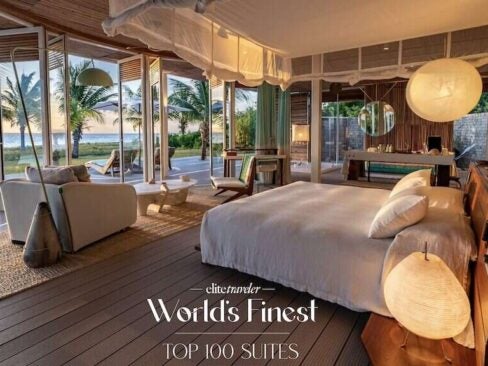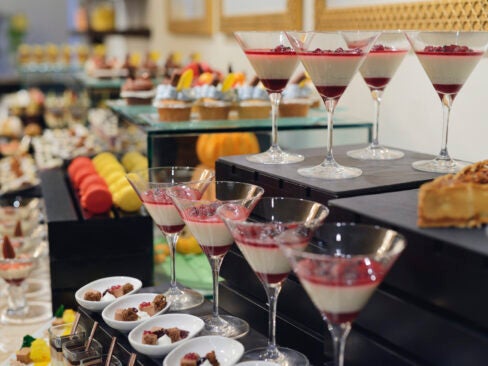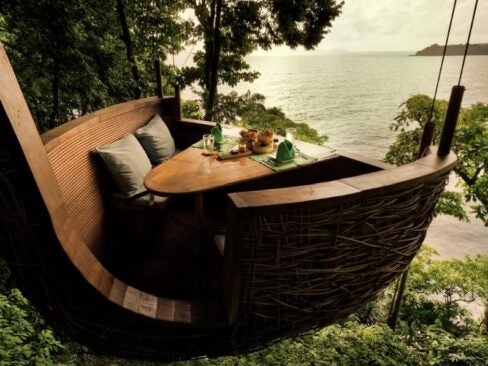Michael Ellis has seen the world’s fine dining scene evolve during his time so far. It has been a short spell – two years as the guides’ top man pale in comparison to the 113-year history of the books themselves. But Ellis thinks there has never been a better time to be involved with food.
 Michelin Guides’ international director Michael Ellis discusses trends he has noticed while deciding the latest selections.
Michelin Guides’ international director Michael Ellis discusses trends he has noticed while deciding the latest selections.
“It’s about finding new, exciting things that are coming down the pike. Scandinavian-style restaurants are blossoming all over the place with very interesting food techniques. South American is going to continue to develop. Then there’s Caribbean and you’re also going to see more Bangladeshi restaurants move towards star level,” he says.
The 2014 guides have seen the emergence of less traditional cuisines. New York had Scandinavian and New Zealand restaurants receive star ratings for the first time. Lima, a Peruvian restaurant, was awarded a Michelin star in the London guide. “It’s that melting pot. It really shows their ability to take those roots and produce interesting things,” Ellis says.
This trend spreads beyond the megacities of London and New York. San Francisco added Argentinean, Caribbean and Sri Lankan restaurants to its 2014 edition and now has 46 different types of cuisine. Ellis believes this is down to a new generation of chefs willing to experiment.
He credits the cult of the celebrity chef with making cooking a popular career choice. “Young chefs are coming out with classical training and doing modern interpretations of traditional food. They are really able to innovate and do things that have never been done before,” he says.
The UK has particularly benefited with a younger generation complementing established chefs to create a vibrant restaurant scene. “There are the old school guys like Marcus Wareing, Phil Howard and Heston Blumenthal who have been around for a long time. But now you have young British chefs who are training in the UK – they’re ‘made in Britain’ chefs using British ingredients. That’s something I found was fantastic in the UK,” he says.
“There’s a young generation who have the chops and the technique. They know how to cook and they’re using local ingredients. The idea of ‘modern British cuisine’ would have been hard to understand 30 years ago. It is now very visible in the world of gastronomy – it resonates,” he adds.
Ellis expects other areas to soon join cities such as London, Paris and New York among the world’s best culinary destinations. “I think that certainly Hong Kong is developing quite rapidly. Macau is also getting some great restaurants. It’s become the Las Vegas of Asia – there’s some really exciting things going on there,” he says.
San Francisco is also one to watch. “I would argue that the San Francisco Bay Area is one of the most creative and dynamic culinary scenes in the world today,” he says. “Whether it’s in Silicon Valley or San Francisco, people there like to see innovation. They have the desire and means to go out a lot – they like new things.”
The area might have company in the near future – Ellis hints at introducing the guide in other US cities. He has previously touted Miami, Atlanta and Washington as candidates for expansion. “That’s currently under consideration and those discussions take place with senior Michelin management. Those reflections are under way,” he says.
Ellis and his team take joy in finding new cities and cuisines that are now defining Michelin Guides. He says: “We love to find new things – that’s what really motivates us to get up in the morning and go out there.”
The Michelin Guide is only getting bigger as Ellis chases these discoveries.








